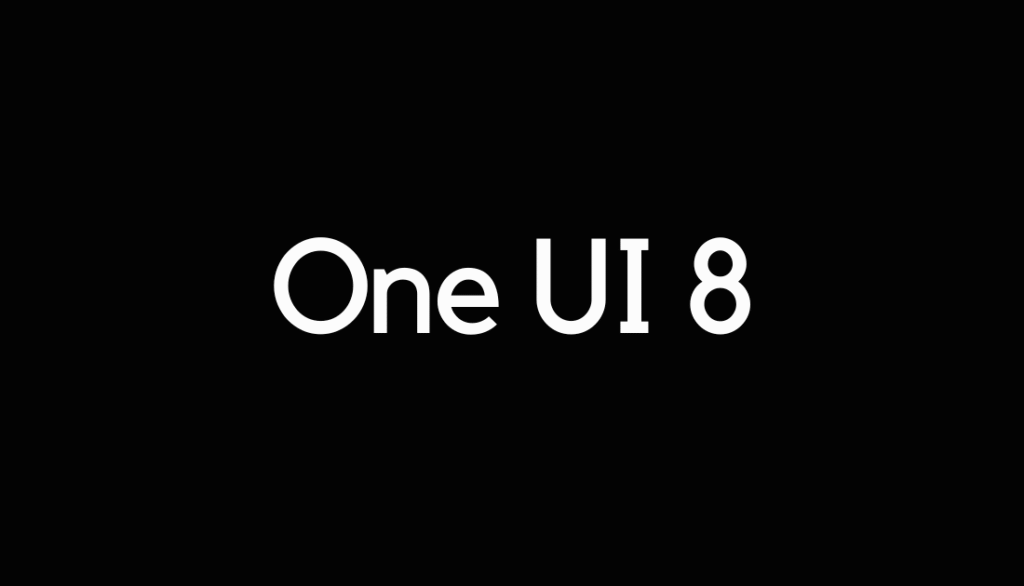Samsung may be planning a redesign of its native Reminder app as part of the upcoming One UI 8 update, based on Android 16.
Highlights
- Redesigned UI brings task categories to the forefront, eliminating the need to dig through the hamburger menu.
- New voice-friendly input layout: “Add Reminder” field now features an integrated mic icon for fast voice entries.
- Interactive category toggling lets users expand or collapse sections with a single tap—ideal for minimizing clutter.
- Preset suggestions like “Try these out” offer ready-to-use templates for common tasks (e.g. workouts, bills).
- Category cards show task counts, paired with new visual elements like icons and color tags for faster navigation.
- Improvements align with Samsung’s AI-first design approach across its Galaxy ecosystem, enhancing usability and speed.
- Expected release alongside Android 16 in One UI 8, with public beta likely launching in the coming months.
- Focus is on subtle UX changes with broad impact—helping users manage tasks more intuitively, whether by touch or voice.
According to information shared by tipster @theordysm, the update will include both visual and functional changes aimed at simplifying task management and improving user interaction.
A More Accessible Interface
In the current version of the Reminder app, task categories such as Today, Scheduled, and Important are tucked behind a hamburger menu, requiring additional taps to access.
With One UI 8, these categories are expected to be brought forward to the app’s main screen, making them immediately visible and reducing the need for extra navigation.
The update appears to align with Samsung’s broader UI philosophy: reducing friction in everyday interactions by minimizing taps and presenting critical information upfront.
Input Field Improvements and Voice Integration
A redesigned input field for adding new reminders is also on the way. The traditional “+” button will reportedly be integrated into the left side of the text entry field next to the “Add Reminder” text, while a new microphone icon will be placed on the right—enabling users to quickly add tasks using voice input.
This design not only streamlines the process for manual entries but also suggests Samsung may be preparing for deeper AI-driven voice interaction, possibly building on its broader Galaxy AI ecosystem.
Interactive and Intuitive UI Enhancements
Early builds indicate a more dynamic and user-friendly layout. Users will be able to expand or collapse the category section with a single tap, offering a customizable view that better reflects individual task management styles.
This interactive functionality helps users focus on high-priority tasks without visual clutter.
Personalized Task Suggestions
One notable addition is the “Try these out” section, which offers preset reminder templates for common tasks—such as workouts or bill payments. These suggestions aim to simplify setup for frequently used reminders, helping users stay organized with minimal effort.
Improved Task Overview
Each task category card (e.g., Today, Scheduled) will now display the number of tasks it contains, giving users a quick visual snapshot of pending items. Visual cues such as color-coded tags and list icons are also being used to improve clarity and help differentiate between reminders at a glance.
Beta Release Timeline and Expectations
While Samsung has not officially announced a release date, One UI 8 is expected to roll out later this year in tandem with Android 16. These Reminder app changes have so far been observed in early builds, and it’s possible that further refinements will occur before the public beta or final release.
The One UI 8 Beta Program is likely to launch in the coming months, giving users a chance to explore the new Reminder features firsthand and provide feedback that could shape the final experience.
Subtle Changes
Though the updates may appear incremental, they reflect Samsung’s increasing focus on user-centric design and AI-powered utility across its core apps.
For users who rely on the Reminder app regularly, these improvements aim to make task management faster, more efficient, and more adaptable—whether by touch or voice.


